Save the Tiger Blu-ray Movie
HomeSave the Tiger Blu-ray Movie 
Imprint #171Imprint | 1973 | 100 min | Rated ACB: M | Oct 26, 2022

Movie rating
6.7 | / 10 |
Blu-ray rating
| Users | 0.0 | |
| Reviewer | 4.0 | |
| Overall | 4.0 |
Overview
Save the Tiger (1973)
Jack Lemmon plays Harry Stoner, a man caught in violent collision with his past and present life. He believes there is nothing significant in his life except survival, and that instinct pushes him beyond moral conduct. He'll juggle the books, supply women for clients... and even set fire to his own dress manufacturing factory. He is drawn to an America when life not only had values and heroes, it all seemed worth living and building. But Harry is frightened to break away from the emptiness of his seemingly successful life.
Starring: Jack Lemmon, Jack Gilford, Laurie Heineman, Norman Burton, Patricia SmithDirector: John G. Avildsen
| Drama | 100% |
Specifications
Video
Video codec: MPEG-4 AVC
Video resolution: 1080p
Aspect ratio: 1.78:1
Original aspect ratio: 1.85:1
Audio
English: LPCM 2.0 Mono
Subtitles
English SDH
Discs
Blu-ray Disc
Single disc (1 BD)
Playback
Region free
Review
Rating summary
| Movie | 3.5 | |
| Video | 4.0 | |
| Audio | 5.0 | |
| Extras | 4.0 | |
| Overall | 4.0 |
Save the Tiger Blu-ray Movie Review
Reviewed by Dr. Svet Atanasov December 17, 2022John G. Avildsen's "Save the Tiger" (1973) arrives on Blu-ray courtesy of Via Vision Entertainment. The supplemental features on the release include new program with actress Laurie Heineman; new program with producer/director/actor Lloyd Kaufman; new video essay by critic Daniel Kremer; archival audio commentary by John G. Avildsen and producer/writer Steve Shagan; and more. In English, with optional English SDH subtitles for the main feature. Region-Free.
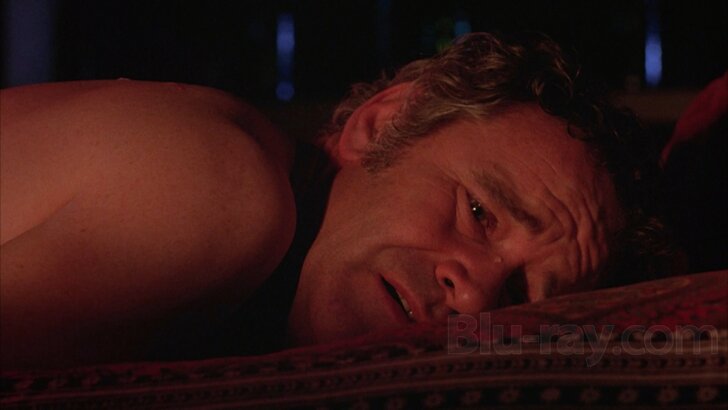
Bo Hopkins, one of the great American character actors of the last century, passed away earlier this year at the age of 84. Hopkins did not always play what you might consider ‘big’ parts, but his contributions were always invaluable. There are entire ranges of classic genre films from the 1970s, 1980s, and even the 1990s that would not be what they are without Hopkins. The Getaway, The Wild Bunch, White Lightning, Midnight Express, and American Graffiti are just a few of these films. Hopkins also appeared in various made-for-TV films and shows, some really good, like Doc Elliot, that have not been seen in a long time.
You are probably wondering already why I mention Hopkins in an article about John G. Alvidsen’s Save the Tiger. Hopkins did not have a part in it, big or small. I am going to tell you now.
A couple of years ago, Scorpion Releasing produced a lovely release of Jack Starrett’s A Small Town in Texas, a very fine piece of low-budget Americana, and included an excellent exclusive interview with Hopkins. In this interview, Hopkins recalls how he was offered to do the character he plays in A Small Town in Texas, a corrupt sheriff who attempts to destroy an ex-convict after he returns home to reunite with his former girlfriend and child and then move with them to California, and at the end of it describes how American cinema changed over the years. It is one of the most candid and accurate descriptions that an American actor has delivered in a long time. Hopkins states that writers and directors moved away from creating unique characters, which used to make American films special, and focused on visual excess (explosions, computer-generated gimmicks, etc.). At the end of the interview, Hopkins then politely declares what has been crystal clear for a long time: that Hollywood has not been making good films in decades.
While revisiting Alvidsen’s Save the Tiger, my mind kept finding excellent reasons to wholeheartedly agree with Hopkins and repeatedly point out the obvious, which was that this type of film would not even be considered in contemporary Hollywood. Why? Because of its striking simplicity and masterful understanding of character building, and more importantly, because its ultimate goal is to intimately connect with you and make you ponder your chosen path in life, regardless of your age. In other words, Save the Tiger does not want to control your mind, it encourages you to use it and formulate your own conclusions about a wide range of things.
In Save the Tiger, Jack Lemmon plays Harry Stoner, an aging and unsuccessful businessman running a small clothing company with his partner and friend Phil Greene (Jack Gilford). The company is in Los Angeles, but its best clients come from all corners of America. One of them is a wealthy reseller from the Midwest who has stayed with Harry and Phil because each time he visits their office to close a deal, he is entertained by a call girl with years of experience. Harry has been arranging his treats for years and paying for them, too.
But Harry and Phil have finally run out of credit, and if they do not figure out how to meet their financial obligations, they will lose their company. They have been overcooking the books, too, so if an IRS agent even glances at them, they would land in jail. Broke and jailed. Every businessman’s worst nightmare. Only for Harry and Phil, this is a very, very real scenario. To avoid the dreaded scenario, Harry convinces Phil to let him speak to professional arsonist Charlie Robbins (Thayer David), who could ensure that they collect a big fat check from their insurance by destroying their company the right way.
The above description makes it sound like Save the Tiger is about a couple of old crooks who have spent the best years of their lives cheating and reached their day of reckoning. But this is not what Save the Tiger is about. It is about the emotional weight of aging and accepting that, in the process, the joys of life gradually diminish. So, there is certainly more than a whiff of cynicism in it, though not of the kind that makes it depressing.
The grand revelation that emerges from Save the Tiger is that life is unfair in a lot of different ways, so trying to predict and avoid them is practically impossible. Virtually all of its drama is seen through the eyes of Lemmon’s character, who is gradually coming to the realization that, despite his best efforts, he is evolving into a failed businessman and husband. However, deep inside, he does not mind because he is too tired of everything that is required of him to preserve both -- the book cooking, the shady favors, the pressure of keeping the company’s employees working, the pretending that he is still madly in love with his wife. This ongoing balancing act has drained all of his energy and made it impossible for him to enjoy life. He is fully aware that he is running out of time, too. He has another decade left, two at the very best, before it all ends for him.
While unique and interesting, the main characterizations are not flawless, but strangely, it is why Save the Tiger resonated with me. I thought that there was something very authentic in Lemmon’s awkwardness during and after his encounter with the hippie girl (Laurie Heineman). She unintentionally unplugs his mental cord and exposes him as an old and insecure man, a failed dreamer who was too fixated on being successful while wasting his life. The people around Lemmon are deeply flawed human beings, too, driven by their survival instincts, and while pretending to be free to choose, living cycles of various compromises.
Save the Tiger Blu-ray Movie, Video Quality 
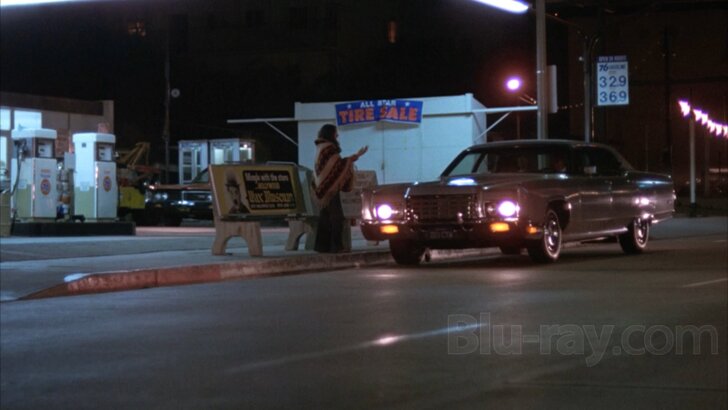
Presented in an aspect ratio of 1.78:1, encoded with MPEG-4 AVC and granted a 1080p transfer, Save the Tiger arrives on Blu-ray courtesy of Via Vision Entertainment.
The release is sourced from an older master that was supplied by Paramount Pictures. While most of the limitations of this master are quite easy to identify, I rather like it. It is because it is free of traces of digital tinkering, plus it appears to have been prepared with some sort of reference material. Also, a lot of the visuals convey pretty decent delineation and depth, with similarly pleasing clarity, and there are no serious stability issues. What are the limitations of the master? Even though delineation, depth, and clarity are pleasing, they could be more convincing, and if the film is properly restored in 4K (or 2K), they will be. Grain exposure could be more convincing as well, so the surface of the visuals can appear healthier and more attractive. Color balance is good, but this is another area where small but meaningful improvements in terms of saturation and balance can be made. For what it's worth, I don't find the current grading disappointing at all; it just gives the film a slightly dated appearance, which is undoubtedly preferable over an off-putting digital appearance. There are some minor blemishes that pop up here and there, but I did not see any large cuts, warped, or torn frames to report. My score is 3.75/5.00. (Note: This is a Region-Free Blu-ray release. Therefore, you will be able to play it on your player regardless of your geographical location).
Save the Tiger Blu-ray Movie, Audio Quality 
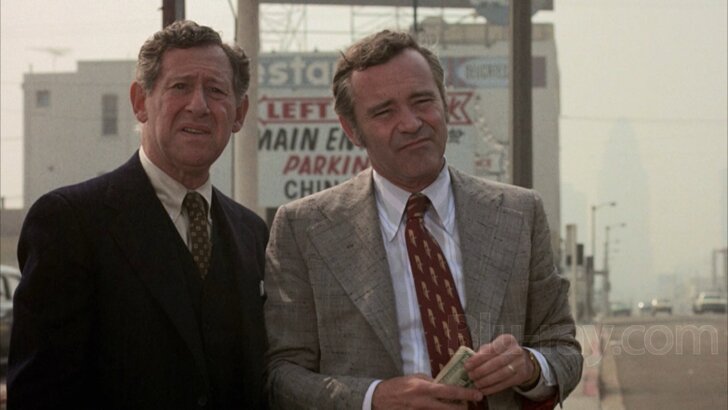
There is only one standard audio track on this Blu-ray release: English LPCM 2.0. Optional English SDH subtitles are provided for the main feature.
The lossless track is very solid. I was quite surprised because it does not seem right for the master that was used to prepare this release. Clarity, sharpness, and balance are excellent. I did not encounter any serious age-related imperfections in the upper register either. Can a future restoration of the film produce a better audio track? Of course, but I think that the improvements in the main areas we scrutinize in our reviews will be cosmetic.
Save the Tiger Blu-ray Movie, Special Features and Extras 
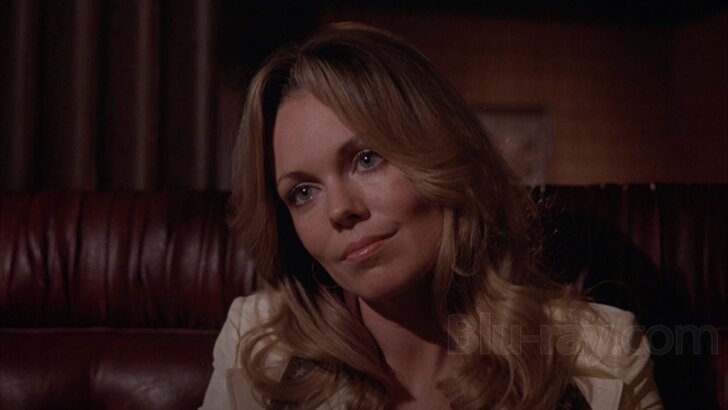
- Vintage Interview with Jack Lemmon - in this archival interview, Jack Lemmon discusses the then-recent Oscar nominations, three of which were for Save the Tiger. Lemmon went on to win an Oscar award for Best Actor. In English, not subtitled. (8 min).
- "It's All Just Good Acting" - in this exclusive new video interview, actress Laurie Heineman recalls how she auditioned for the part of the hippie girl and what it was like to work with Jack Lemmon and John G. Avildsen during the shooting of Save the Tiger. There are some interesting comments about the house in Malibu where a key sequence was shot. (The house no longer exists). The interview was conducted by critic Daniel Kremer. In English, not subtitled. (23 min).
- Interview with Lloyd Kaufman - in this exclusive new program, Lloyd Kaufman, co-founder of Troma Films, recalls his first encounter with John G. Avildsen in 1969 and discusses the unique characters that emerged in many of his films as well as his directing methods. Mr. Lloyd worked on many of Avildsen's films, including Joe and Rocky. In English, not subtitled. (18 min).
- "Ammo for Shooting Clouds: John G. Avildsen Before Rocky" - this exclusive new video essay was created by critic Daniel Kremer. In English, not subtitled. (26 min).
- Commentary One - in this archival audio commentary, director John G. Avildsen and producer/writer Steve Shagan go down memory lane and discuss a wide range of topics addressing the production of Save the Tiger, from the casting of Jack Lemmon (whom Avildsen describes as a "peach") to the locations in Southern California that are seen in the film to the intricate balance of dark comedy/cynicism and drama that defines its personality. Also, the two commentators share plenty of interesting anecdotes about Lemmon and some then-popular practices in the film industry.
- Commentary Two - this exclusive new audio commentary was recorded by critic Daniel Kremer. As usual, Mr. Kremer carefully deconstructs the film and shares plenty of interesting information about its style and appearance, the era in which it emerged from, as well as the work and careers of the many people who made it.
- Trailer - a vintage trailer for Save the Tiger. In English, not subtitled. (4 min).
Save the Tiger Blu-ray Movie, Overall Score and Recommendation 
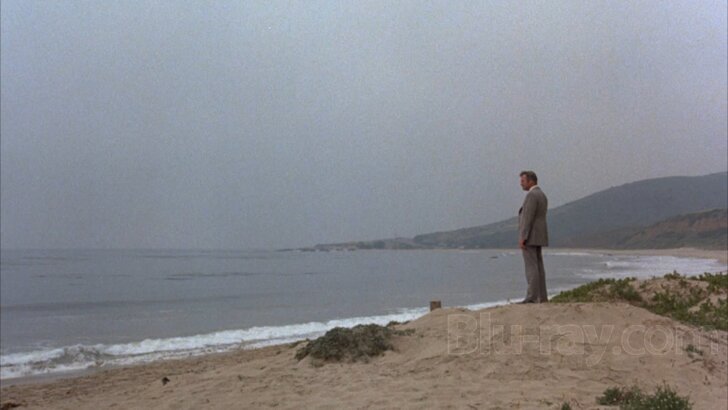
In 1974, Save the Tiger earned three Oscar nominations, but only Jack Lemmon won the once prestigious statuette. Lemmon beat Marlon Brando (Last Tango in Paris), Al Pacino (Serpico), Robert Redford (The Sting), and Jack Nicholson (The Last Detail). I think that Lemmon's character is unique and quite interesting to deconstruct, but in my opinion, his competitors were better. Brando and Pacino, in particular, played classic characters that are still vividly remembered for a number of very good reasons. To be honest, I think that the other four films are unquestionably superior to Save the Tiger as well. Via Vision Entertainment's release of Save the Tiger is sourced from an older but still pretty good organic master that was supplied by Paramount Pictures. As usual, it has a very fine selection of exclusive new and archival bonus features. RECOMMENDED.
Similar titles
Similar titles you might also like

The Strange Love of Martha Ivers
1946

Marlowe
2022

Outrage
Imprint #95
1950

I Never Sang for My Father
1970

The Apostle
Imprint #32
1997

Mrs. Parker and the Vicious Circle
1994

Paris, Texas
1984

Lifeguard
Imprint #385
1976

Scarlet Street
1945

The Wild One
1953

The Turning Point
1952

Sorry, Wrong Number
Imprint #02
1948

Hurry Sundown
Imprint #202
1967